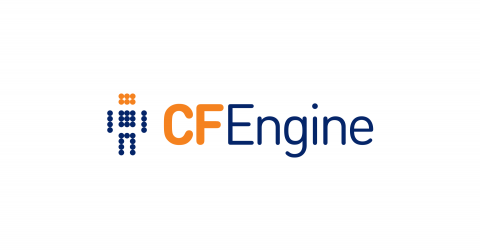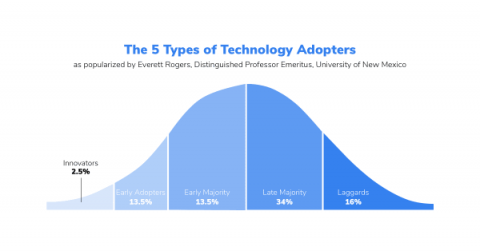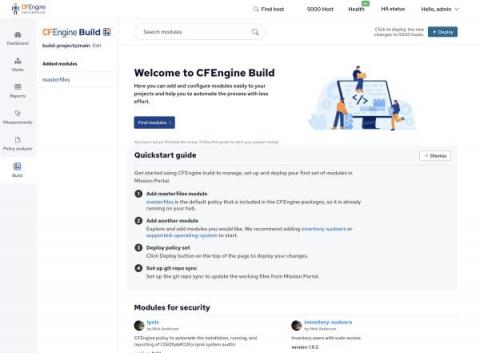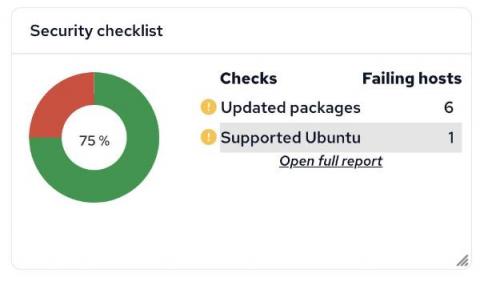Operations | Monitoring | ITSM | DevOps | Cloud
CFEngine
CFEngine Build in Mission Portal Web UI (Developer demo)
Processes, forks and executions - part 1
While working on the integration of CFEngine Build into Mission Portal we came to the point where we needed to start executing separate tools from our recently added daemon - cf-reactor. Although it may seem like nothing special, knowing a bit about the process creation and program execution specifics (and having to fight some really hard to solve bugs in the past) we spent a lot of time and effort on this step.
The state of configuration management
Since joining the CFEngine team in 2019 I’ve heard and read numerous times that the configuration management market is dying and becoming obsolete. While I and many others don’t personally adopt this line of thinking, I can understand why one would come to this conclusion being that we’re in an ever-changing industry and talking about solutions that have been around for decades.
CFEngine 3.20 released - Modularity
Today, we are pleased to announce the release of CFEngine 3.20.0! Over the past few years we’ve focused on ease of use, new user experience, and out of the box value, giving you the ability to do much more through only the Mission Portal Web UI. This has resulted in several important steps forward; policy analyzer, compliance reports, host specific data (CMDB), and CFEngine Build with custom promise types and other modules.
CFEngine: The Agent Is In 14 - Sneak Peek of 3.20 Release
CFEngine 3.15.6 and 3.18.2 released
We are pleased to announce two new patch releases for CFEngine, version 3.15.6 and 3.18.2! These releases mainly contain bug fixes and dependency updates.
Change in behavior: multiple cf-execd processes
Recently we introduced new feature where you can trigger agent runs and report collection from the Mission Portal UI. This required our daemon cf-execd to behave a bit differently when periodic agent runs occur. Previously the daemon would create a new thread in which to run cf-agent, capture output, wait for completion and move on. We changed the behavior so that the daemon forks itself and then fork/execs cf-agent as before, with the forked cf-execd processing agent run output.
CFEngine Build System version 2
A while back we released version 2 of cfbs, and even though we release versions of this tool quite frequently, without announcing it on the blog, we thought this was a good opportunity to talk a bit about the tool, what’s new and our direction with it in the future. The reason why we called this the “2.0” release is that we are trying to follow semantic versioning, and there were some big new features in the release which could be considered breaking changes.









